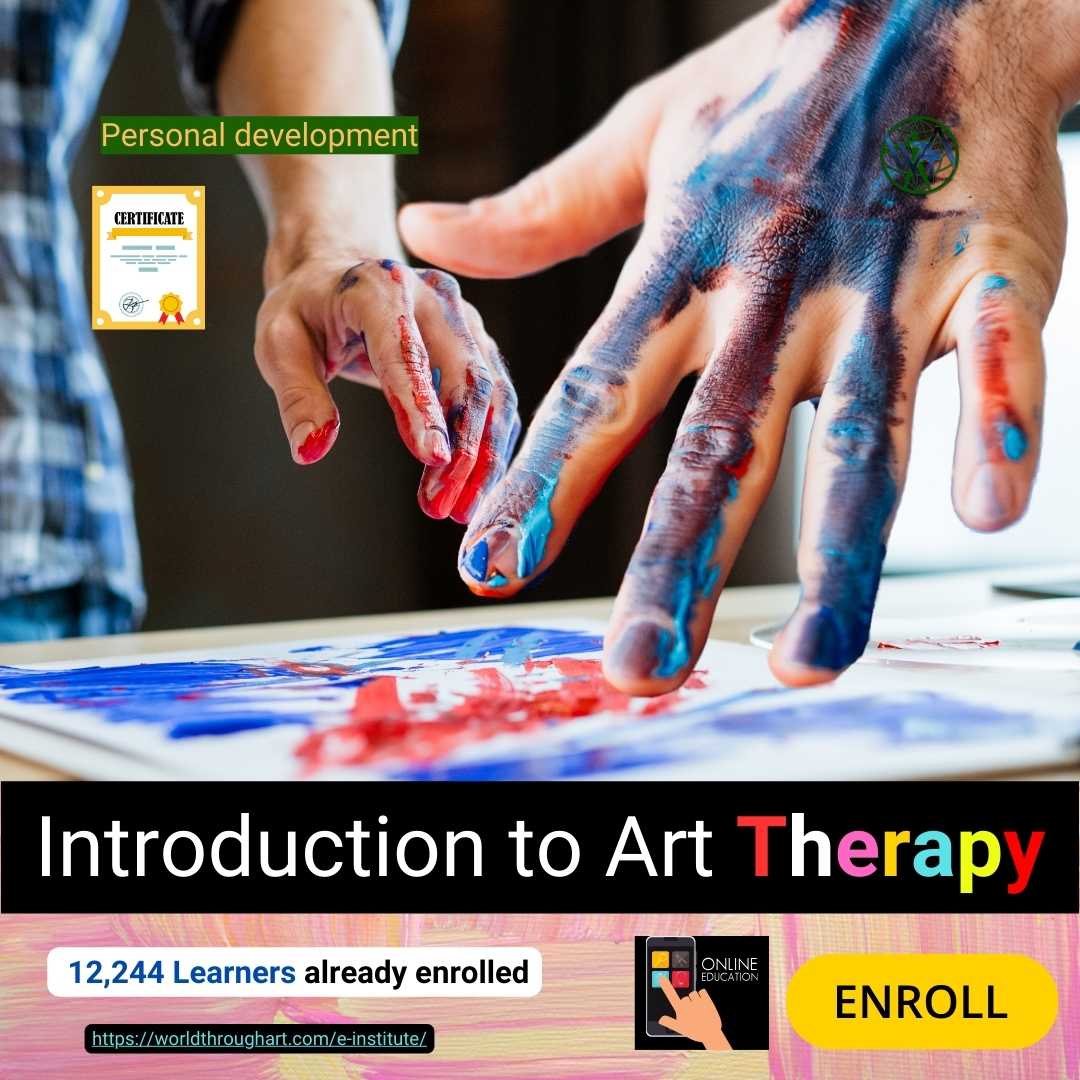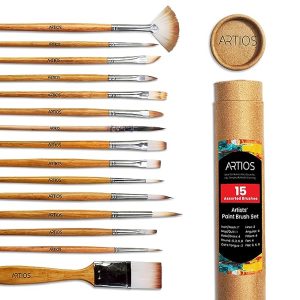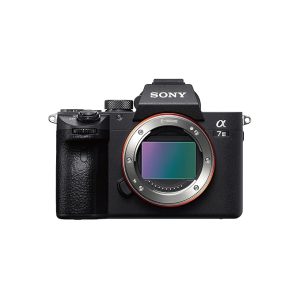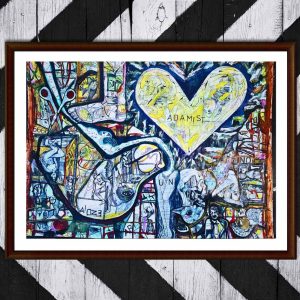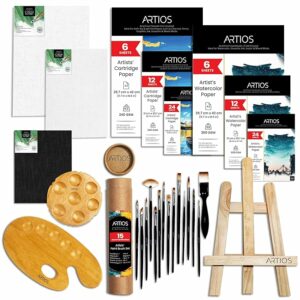Discover the Healing Power of Art Therapy!
₹1,200.00 Original price was: ₹1,200.00.₹0.00Current price is: ₹0.00.
| by: Mohd Syeed , March 08 2024, Friday |
Introduction:
Welcome to the captivating realm of art therapy, where creativity becomes a bridge to inner peace and healing. In this article, we’ll explore the profound benefits of art therapy in simple terms, empowering you to embark on a transformative journey of self-discovery and emotional well-being.
Understanding Art Therapy:
Art therapy is a form of counseling that uses creative expression, like drawing or painting, to help individuals explore their emotions and improve mental health. It’s like talking therapy, but instead of words, you use art to communicate and understand yourself better.
Exploring the Magic of Art Therapy:
Through guided activities, art therapy helps you tap into your creativity and express feelings that may be difficult to put into words. Whether you’re feeling anxious, stressed, or overwhelmed, art therapy offers a safe space to explore your emotions and find inner peace.
Practical Applications:
You don’t need to be an artist to benefit from art therapy – anyone can do it! By engaging in creative activities, you’ll discover new ways to cope with life’s challenges and build resilience.
Additionally, Participating in group art therapy sessions can foster a sense of connection and support with others facing similar struggles.
The Power of Mindfulness:
Art therapy isn’t just about making art – it’s also about being present in the moment. By practicing mindfulness during art-making, you’ll learn to focus on the process rather than the outcome, reducing stress and promoting relaxation.
Research and Resources:
Numerous studies have shown the effectiveness of art therapy in improving mental health and well-being. For further reading, check out “The Art Therapy Sourcebook” by Cathy A. Malchiodi and visit websites like the American Art Therapy Association (arttherapy.org) for valuable information and resources.
Conclusion:
In conclusion, art therapy offers a unique and accessible way to enhance your emotional well-being and unlock your creative potential. So why wait? Take the first step on your journey to self-discovery and healing with art therapy today!
Visit:

